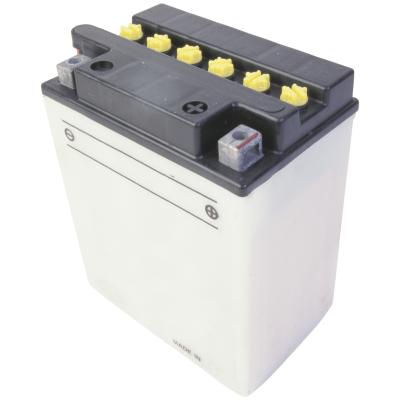
HHO is a fuel cell that draws hydrogen on demand from ordinary water using electrolysis drawn from a vehicle's battery through stainless steel, platinum coils or plates. HHO generators are used to supplement a vehicle’s fuel consumption by producing additional hydrogen within the cell, which is then routed and run directly into the vehicle's fuel line. Though HHO generators draw fuel from ordinary tap water, depending on the model they may run more efficiently with additives to aid the process.
For generators with plates set too far apart, ordinary tap water will not work, and you will be need to use distilled water or rain water instead. Distilled water, though safe, is no longer the choice recommendation for HHO generators, as many have found more benefits in using bottled mineral water instead. Do not use water that contains chlorine of any kind, and a filter might be necessary to remove unwanted additives. If you opt to use ordinary tap water, it will frequently turn brown and smudge on the electrodes due to unfiltered chemicals.
Also known as sodium hydroxide, lye can be found at most groceries stores as pellets, flakes, granules and a 50 percent solution. Lye, as an HHO additive, will keep your electrodes clean and your solution running at optimal gas production, all at a fairly affordable price. Lye can be dangerous to work with and can cause corrosion if your generator is not kept cool, but stored in an airtight container and used with distilled water, it is a powerful and effective additive.
KOH, or potassium hydroxide, is also a powerful additive in the production of hydrogen fuel on demand. Like lye, KOH will keep your electrodes clean and lead to a 100 percent production rate in your generator. The downfall of KOH is that it is dangerous to work with and not available everywhere. Another option is potassium carbonate, which is cheap, safe to work with and is an effective additive (depending on your cell design), though it is more effective when mixed with KOH to draw more amps.
Because HHO cells run at their optimum when kept under 50 degrees C, adding denaturized alcohol will work as an antifreeze for colder climates and seasons.
When HHO was first introduced as a concept, it was believed that baking soda was an ideal additive to the fuel cell, but this was found to be false. Baking soda does not break down to HHO gas; it actually produces carbon monoxide, carbon dioxide and hydrogen, and will not produce HHO gas until all of the carbon is reacted from the solution. On top of that, you have to use twice as much baking soda as sodium hydroxide.